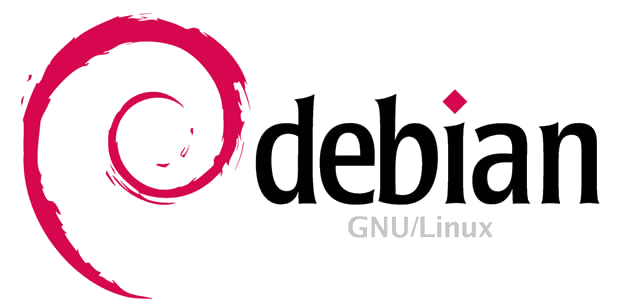
Debian 8 and similar systems can be installed in many ways, but the alternative Network boot variant is the smallest and cleanest, as it installs directly from the internet. Depending on the selected method and architecture (amd64 is for 64-bit Intel/AMD) you need an appropriate installation image or special boot files.
Locally with network boot
From USB stick
insert an empty USB stick
download a Netboot ISO image
$ wget http://cdimage.debian.org/debian-cd/current/amd64/iso-cd/debian-8.1.0-amd64-netinst.iso- write image to the USB stick (device
/dev/sdX) as root
$ sudo dd if=debian-8.1.0-amd64-netinst.iso of=/dev/sdX bs=16M; sync- reboot from the USB stick (optionally add kernel parameter
priority=low)
From CD/DVD
insert an empty CD or DVD
download a Netboot ISO image
$ wget http://cdimage.debian.org/debian-cd/current/amd64/iso-cd/debian-8.1.0-amd64-netinst.isoburn image (file
debian-8.1.0-amd64-netinst.iso) onto the CD or DVD (using K3b or other CD/DVD burning utility)reboot from the CD/DVD (optionally add kernel parameter
priority=low)
From HDD using a special image
insert an empty target HDD
download a HD-media image
$ wget http://ftp.debian.org/debian/dists/jessie/main/installer-amd64/current/images/hd-media/boot.img.gz- write image it to the target HDD (device
/dev/sdX) as root
$ gzip -cd boot.img.gz | sudo dd of=/dev/sdX bs=16M; syncinsert the HDD in the target machine
reboot from the HDD (optionally add kernel parameter
priority=low)
From HDD using GRUB1 or GRUB2
- download Netboot kernel and Netboot initrd
$ wget http://ftp.debian.org/debian/dists/jessie/main/installer-amd64/current/images/netboot/debian-installer/amd64/linux
$ wget http://ftp.debian.org/debian/dists/jessie/main/installer-amd64/current/images/netboot/debian-installer/amd64/initrd.gz- mount
/bootof the target HDD (device/dev/sdX) as root
$ sudo mount /dev/sdX1 /mnt- copy kernel and initrd to mounted
/bootof the target HDD
$ sudo cp linux /mnt/netboot-linux
$ sudo cp initrd.gz /mnt/netboot-initrd.gz- unmount
/bootof the target HDD
$ sudo umount /mntreboot into GRUB command line (press
c)for GRUB1 enter this to boot
root (hd0,0)
kernel /netboot-linux priority=low
initrd /netboot-initrd.gz
boot- for GRUB2 enter this to boot
set root=(hd0,msdos1)
linux /netboot-linux priority=low
initrd /netboot-initrd.gz
bootRelated
Remotely with debootstrap
Debian system and similar are so flexible that they can also be installed remotely over SSH on a machine running any version of Linux. But beware, that such procedures are extremely dangerous, fragile, and require expert knowledge. To prevent you from breaking your system, we won’t describe them here.